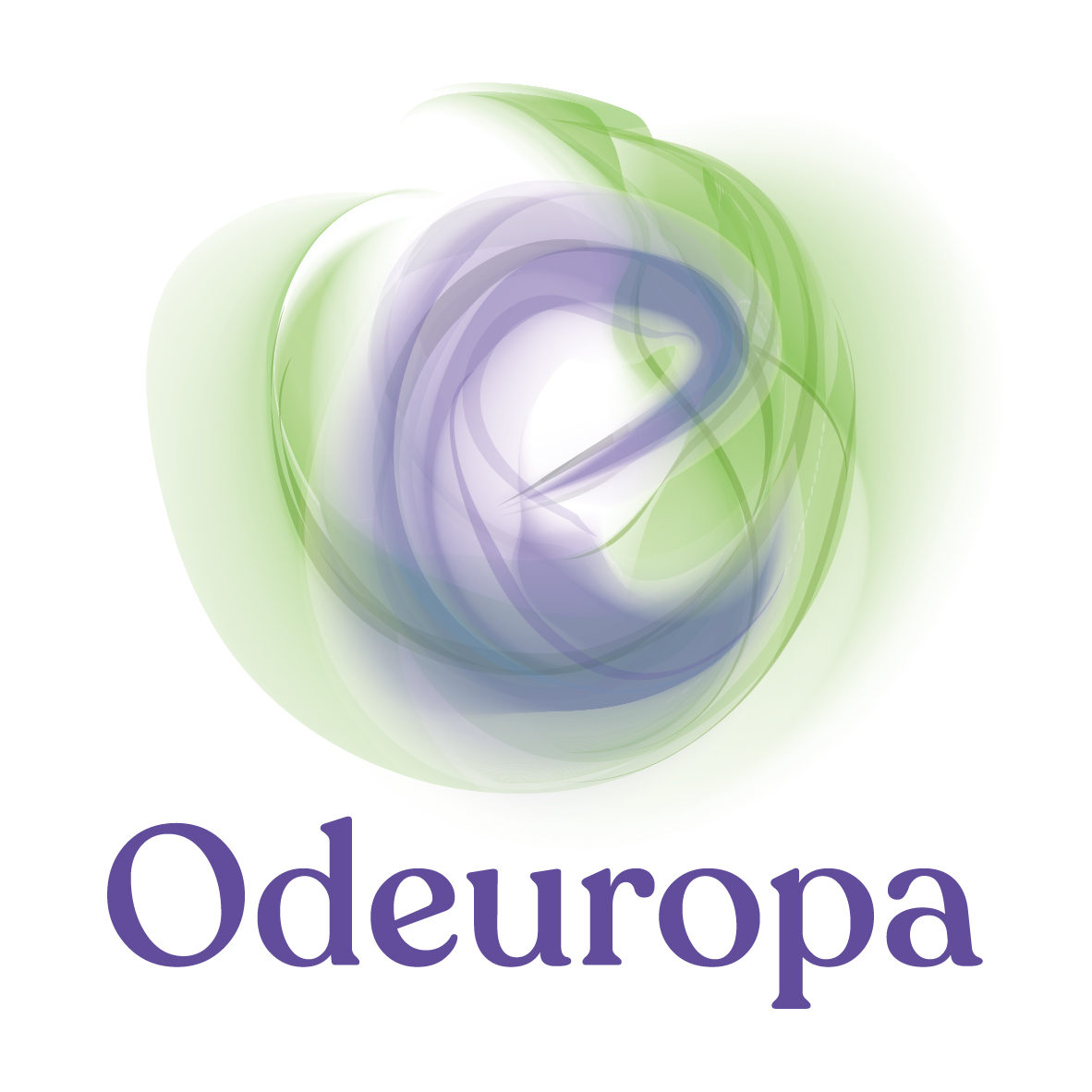Nosebooks and readers: supporting smell analysis
Odeuropa developed two ‘Nosebooks’ to support olfactory text and image analysis on the Odeuropa text and image corpus:
- Odeuropa Images Nosebook – Tracing Visual Smell Trends
- Odeuropa Text Nosebook – Textual Smell Trend Analyser
Furthermore, we have created two sites where you can upload your own text or image for automatic smell extraction:
Below, we provide more detailed information about these resources:
Nosebooks
The Nosebooks serve as a user-friendly gateway for scholars and people interested in long-term trend analysis of smell culture. Between 2020-2023 the Odeuropa project has collected a wealth of data on the history and heritage of smell. For the ‘European Olfactory Knowledge Graph’ (EOKG) we extracted smell-related information from 43,000 images and 167,000 historical textual resources (e.g. books) in seven languages (English, Italian, French, Dutch, German, Latin and Slovene). In total, we collected over 2,5 million smell references. These are findable and easily browsable data in the Odeuropa Smell Explorer. Experts can also query the data through a SPARQL endpoint.
Perhaps you do want to analyze the Odeuropa data in a more quantitative way, but you are not an expert in SPARQL querying? Then the Odeuropa nosebooks are the solution! The nosebooks offer the opportunity to query the rich data of the knowledge graph through step by step guidance with flexibale choices. Thus, you can adapt the methodology to your specific needs. The nosebooks offer opportunities to both query image and text data.
The Odeuropa Text Nosebook, Textual Smell Trend Analyser, is a Python notebook which allows users to interactively analyse olfactory information from 62k texts in multiple languages across time (1600-1920), including their relations to emotion. Through this Nosebook you will be able to:
- Select a dataset in your preferred language (English, Italian, German, Dutch, French, Slovene)
- Extract occurrences of a specific Smell Source (how many times is this odorant mentioned?)
- Analyse the distribution over time (did the odorant become more/less ‘popular’ over time?)
- See the co-occurrences of a specific Smell Source (which odorants are talked about in relation to what other odorants?)
- Calculate the PMI of a specific Smell Source, identify which qualities have been most associated with a certain smell source, and make comparisons across different time spans
- Find the emotions related to smell sources in specific time spans
- Save & download the results in an excel file
The software for the Text Nosebook can be found on Github.
The Odeuropa Images Nosebook, Tracing Visual Smell Trends is an interactive Jupyter-based notebook that facilitates the exploration of visual information extracted from nearly 100k artworks from various museum collections.
The notebook consists of three chapters :
- Code and Data preparation,
- Query Image Data, and
- Quantitative Analysis
Following these steps, the user can analyse:
- Object Co-Occurrences (which odorants are depicted in relation to what other smell objects?)
- Distribution over Time (how does this change over time?)
The software for the Image Notebook can be found on GitHub.
Smell Reader
Interested to see whether a text has smell references? The Smell Reader is a swift and easy tool to extract smell references from texts. No epxert knowledge is needed. The website enables easy, real-time processing of textual data in six languages to extract olfactory information. In the user-friendly interface youcan upload texts and snippets. The Smell Reader processes the users’ text snippets in real time, exporting the output analysis also in Excel format.The demonstrator thus serves as an entry point for everyoneinterested in the history and culture of smells. It is can also be used in education.
Image Processing
The Image Processing Live Demo is based on a neural network trained to detect smell-related objects and gestures on historical artworks. By clicking on the input field or by dragging an image into it, users can upload their own images for processing. Furthermore, they can select one of the example images to get a quick demonstration of the system without having to upload anything. The Image Processing Live Demo helps to assess to what extent specific categories among the automatically extracted smell references can be found and trusted.
Smell Tracker
The Smell Tracker helps to identify historical and contemporary information on different aspects of smell studies. Visitors can keep track of the Odeuropa news coverage, as well as discover social media coverage on other smell-related events and ideas. The tool helps to track references to scent in social media, with special functions for sensory mining in Slovenian texts.
Nefertum
Nefertum is a serious game inspired by Akinator. The game ask users questions in an iterative manner in order to guess a secret smell that the user thought about. The source code has been published at https://github.com/Odeuropa/Nefertum with an Apache 2.0 license.
